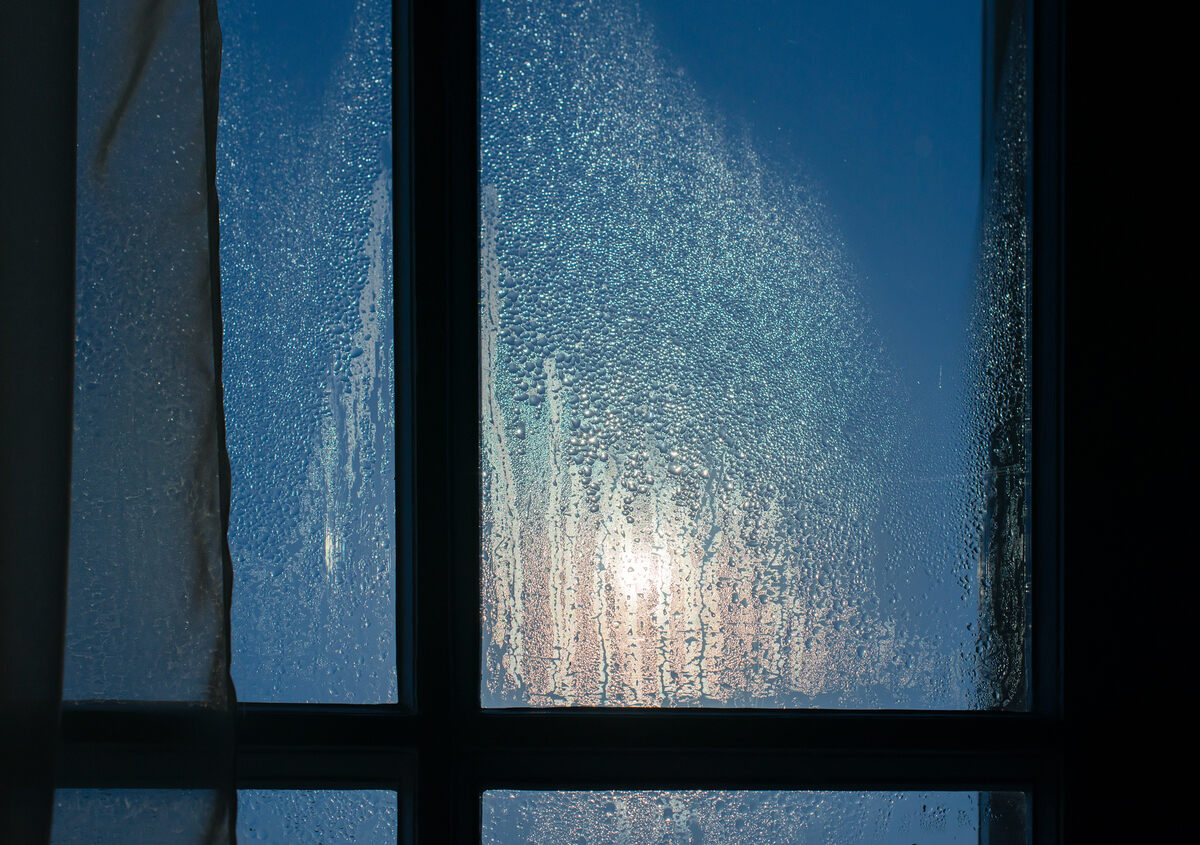

Articles
How To Fix Skylight Condensation
Modified: October 20, 2024
Learn effective methods to fix and prevent skylight condensation with these informative articles. Our expert advice will help you maintain a clear and dry skylight.
(Many of the links in this article redirect to a specific reviewed product. Your purchase of these products through affiliate links helps to generate commission for Storables.com, at no extra cost. Learn more)
Introduction
Skylights are a popular feature in many homes, as they can bring natural light into a space, create a sense of openness, and add architectural interest. However, one common problem that homeowners often face with skylights is condensation.
Skylight condensation occurs when warm, moist air comes into contact with the colder surface of the skylight, causing the moisture to condense into water droplets. This can lead to a variety of issues, including the potential for mold and mildew growth, damage to the skylight itself, and even damage to the surrounding structure.
In this article, we will explore the causes of skylight condensation, common mistakes that homeowners make in dealing with the issue, and steps you can take to fix skylight condensation effectively.
Understanding skylight condensation and how to address it can help you maintain the integrity and longevity of your skylight, ensuring that it continues to enhance the beauty and functionality of your home.
Key Takeaways:
- Skylight condensation is caused by temperature differentials, high humidity, poor insulation, and improper ventilation. Addressing these factors through improved ventilation, insulation, and maintenance can effectively fix the issue.
- Common mistakes in dealing with skylight condensation include ignoring the issue, neglecting ventilation and insulation, and using temporary fixes. By avoiding these mistakes and following step-by-step guidelines, homeowners can effectively resolve skylight condensation and create a healthier living environment.
Understanding Skylight Condensation
Before we delve into the causes and solutions of skylight condensation, it’s important to have a basic understanding of how condensation forms on skylights.
Condensation occurs when warm, moist air comes into contact with a cold surface, causing the water vapor in the air to turn into liquid droplets. In the case of skylight condensation, the warm, humid air inside your home comes into contact with the colder surface of the skylight, leading to condensation.
Skylights are particularly prone to condensation due to their unique placement on the roof. Heat rises, so the warm air inside your home naturally moves upward towards the skylight. When this warm air meets the cooler surface of the skylight, condensation can occur.
The severity of skylight condensation can vary depending on several factors, including the temperature differential between the indoor and outdoor environment, the level of humidity within the home, and the insulation and ventilation around the skylight. High humidity levels and poor insulation or ventilation can exacerbate the problem, leading to more significant condensation issues.
It’s also important to note that skylight condensation can occur in different forms. Surface condensation is the most common and occurs when water droplets form on the interior or exterior surface of the skylight. Interior condensation happens when moisture accumulates between the layers of a double-pane skylight, resulting in foggy or hazy glass.
While some level of condensation is inevitable, especially in areas with high humidity, excessive or persistent condensation can cause significant problems and should be addressed to prevent further damage.
Now that we have a better grasp of how skylight condensation forms, let’s explore some of the common causes that lead to this issue.
Causes of Skylight Condensation
Skylight condensation can be caused by a variety of factors, ranging from environmental conditions to installation and insulation issues. Understanding the causes of skylight condensation is crucial in order to effectively address and prevent the problem.
1. Temperature Differential: One of the primary causes of skylight condensation is the temperature difference between the indoor and outdoor environment. When warm, moisture-laden air comes into contact with the cold surface of a skylight, the moisture condenses and forms droplets. This temperature differential is more pronounced during the colder months.
2. High Humidity Levels: If the indoor air is excessively humid, there will be more moisture in the air that can lead to condensation on the skylight. Activities such as cooking, showering, and improper ventilation can contribute to elevated humidity levels within the home.
3. Inadequate Insulation: Poor insulation around the skylight can cause the surface of the skylight to be colder than other areas of the room. This temperature difference increases the likelihood of condensation forming on the skylight.
4. Improper Ventilation: Inadequate ventilation in the attic or around the skylight can trap moist air, allowing it to come into contact with the skylight and lead to condensation. Proper airflow is crucial in preventing this issue.
5. Incorrect Installation: Improper installation of the skylight can create gaps or leaks, allowing warm, moist air to escape into the space between the skylight and the roof. This trapped air can result in condensation forming on the skylight.
6. Poor Maintenance: Neglecting regular maintenance of your skylight, such as cleaning debris and checking for cracks or leaks, can contribute to condensation issues. Dirt and debris can obstruct ventilation and insulation, exacerbating the problem.
Identifying the specific causes of skylight condensation in your home is essential in determining the appropriate steps to fix the issue. In the next section, we will discuss some common mistakes that homeowners make when dealing with skylight condensation.
Ensure proper ventilation in the room by opening windows or using exhaust fans. Use a dehumidifier to reduce moisture in the air. Check for any leaks or cracks in the skylight and repair them promptly.
Common Mistakes in Dealing with Skylight Condensation
When faced with skylight condensation, it’s important to take the right approach to effectively address the problem. Unfortunately, there are some common mistakes that homeowners often make, which can worsen the issue or provide only temporary relief. Let’s explore these mistakes to ensure you avoid them:
1. Ignoring the Issue: Many homeowners may dismiss skylight condensation as a minor inconvenience and fail to address it promptly. However, ignoring the problem can lead to more severe consequences, such as mold growth, damage to the skylight, and potential structural damage.
2. Overlooking Ventilation: A common mistake is neglecting the importance of proper ventilation. Insufficient airflow can trap moisture and contribute to condensation. Ensure that your skylight and attic have sufficient ventilation to allow moisture to escape and maintain proper air circulation.
3. Insufficient Insulation: Inadequate insulation around the skylight can exacerbate condensation issues. Proper insulation helps to maintain a consistent temperature around the skylight, reducing the likelihood of condensation formation. Make sure your skylight is properly insulated to prevent heat transfer and temperature differentials.
4. Using Temporary Fixes: Some homeowners resort to quick fixes like applying temporary sealants or films on the skylight. While these may provide temporary relief, they do not address the underlying causes of the condensation. It’s essential to identify and fix the root causes instead of relying on temporary solutions.
5. Neglecting Regular Maintenance: Regular maintenance of your skylight, including cleaning debris and checking for leaks or cracks, is often overlooked. Neglecting maintenance can impede proper ventilation, insulation, and drainage, leading to increased condensation. Ensure that you maintain your skylight regularly to prevent condensation issues.
6. Installing Inadequate Skylight Covers: Some homeowners install skylight covers or blinds without considering their impact on ventilation. While covers can block excessive heat, they can also restrict airflow and contribute to condensation. It’s important to choose skylight covers that provide a balance between heat regulation and ventilation.
By avoiding these common mistakes, you can effectively address and prevent skylight condensation in your home. In the next section, we will provide step-by-step guidelines on how to fix skylight condensation.
Steps to Fix Skylight Condensation
Fixing skylight condensation requires a systematic approach to address the underlying causes and prevent moisture buildup. By following these steps, you can effectively fix skylight condensation:
1. Identify the Root Causes: Begin by identifying the specific factors contributing to the condensation. Assess the temperature differentials, check for humidity levels, and inspect the insulation and ventilation around the skylight. Understanding the root causes will guide your efforts in addressing the issue.
2. Improve Ventilation: Enhance the ventilation in your home by ensuring proper airflow around the skylight and in the attic. Install vent fans, exhaust vents, or ridge vents in the attic to encourage air circulation and prevent trapped moisture. Additionally, consider opening windows or using ceiling fans to increase airflow in the room.
3. Enhance Insulation: Improve the insulation around the skylight to minimize temperature differentials. Add insulation to the attic space and ensure that the skylight is properly sealed and insulated. This will help maintain a consistent temperature and reduce the likelihood of condensation formation.
4. Control Humidity Levels: Monitor and control the humidity levels in your home. Use dehumidifiers in areas with high humidity, such as bathrooms and kitchens. Ensure proper ventilation in these areas as well. Additionally, consider using moisture-absorbing products or silica gel packets near the skylight to capture excess moisture.
5. Regular Maintenance: Dedicate time to regularly clean and inspect your skylight. Remove any debris or dirt that may hinder proper drainage and ventilation. Check for cracks, leaks, or damaged seals and repair them promptly. Regular maintenance will prevent issues that contribute to condensation formation.
6. Consider Upgrades: If you continue to experience persistent skylight condensation despite taking the necessary steps, you may need to consider upgrading your skylight. Look for skylights with better insulation properties and improved thermal performance. Double-glazed or Low-E coated skylights can help reduce condensation by providing better insulation and reducing heat transfer.
Remember, the specific steps to fix skylight condensation will depend on your unique circumstances and the underlying causes. If you’re unsure or the issue persists, it’s recommended to consult with a professional skylight installer or contractor who can provide expert guidance and assistance.
By following these steps and addressing the root causes of skylight condensation, you can effectively fix the issue and ensure a healthier and more comfortable living environment.
Read more: How To Make Skylight
Conclusion
Skylight condensation can be a frustrating issue for homeowners, but with the right approach, it can be effectively resolved. Understanding the causes, avoiding common mistakes, and following the appropriate steps to fix skylight condensation is essential in maintaining the integrity and functionality of your skylight.
By addressing temperature differentials, improving ventilation and insulation, controlling humidity levels, performing regular maintenance, and considering upgrades, you can tackle skylight condensation and create a healthier and more comfortable living environment.
Remember, skylight condensation is not a problem to be ignored. If left unattended, it can lead to long-term damage, including mold growth and structural issues. So, take proactive measures to address the issue as soon as it arises.
If you’re unsure about how to fix skylight condensation or if the problem persists despite your efforts, it’s advisable to seek professional help. A skylight installer or contractor can assess your specific situation, provide expert advice, and offer appropriate solutions.
By taking the necessary steps, you can enjoy the benefits of your skylight while avoiding the headaches of condensation. From filling your space with natural light to creating a visually appealing focal point, a well-maintained and condensation-free skylight can enhance the beauty and functionality of your home for years to come.
So, embrace the natural lighting and architectural charm of your skylight while keeping condensation at bay. With the right knowledge and actions, you can fix skylight condensation and enjoy all the advantages that this feature brings to your living space.
Frequently Asked Questions about How To Fix Skylight Condensation
Was this page helpful?
At Storables.com, we guarantee accurate and reliable information. Our content, validated by Expert Board Contributors, is crafted following stringent Editorial Policies. We're committed to providing you with well-researched, expert-backed insights for all your informational needs.
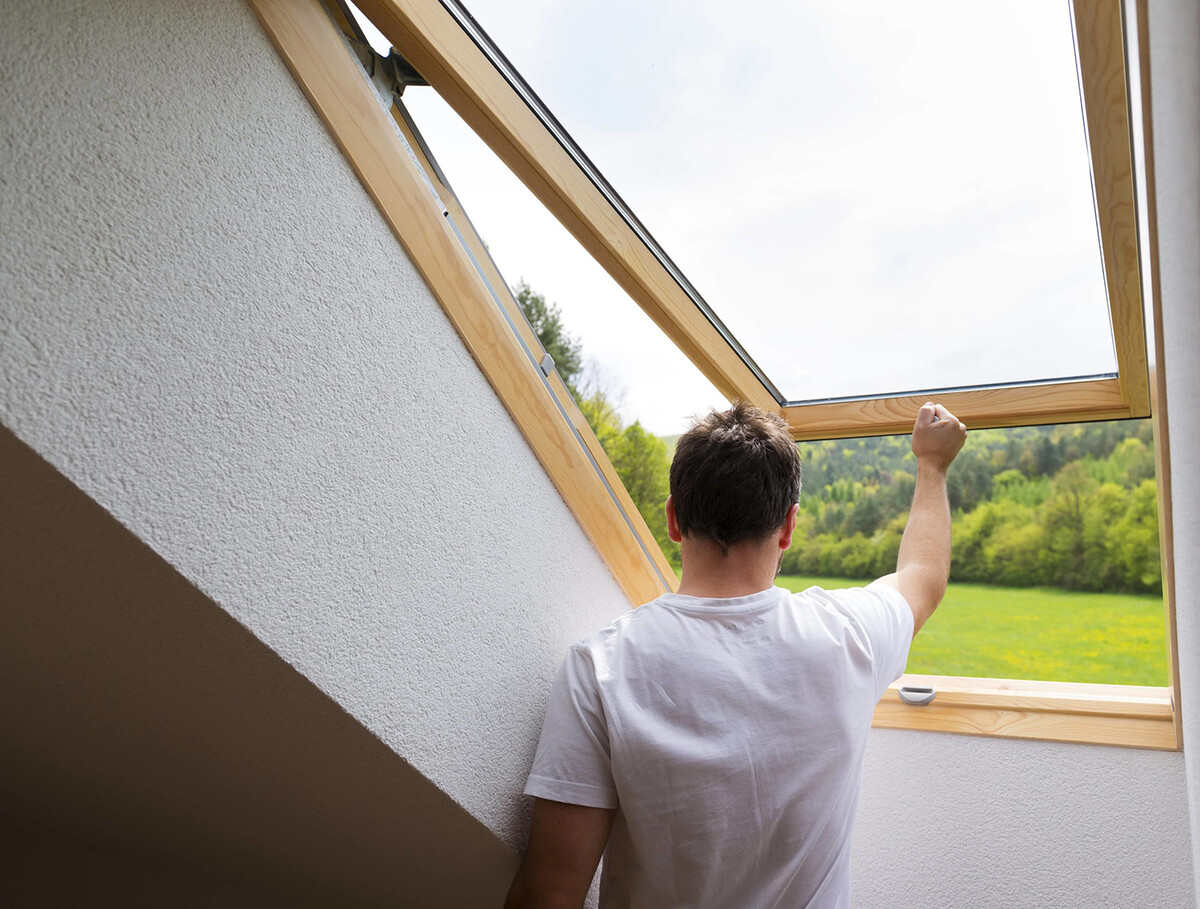
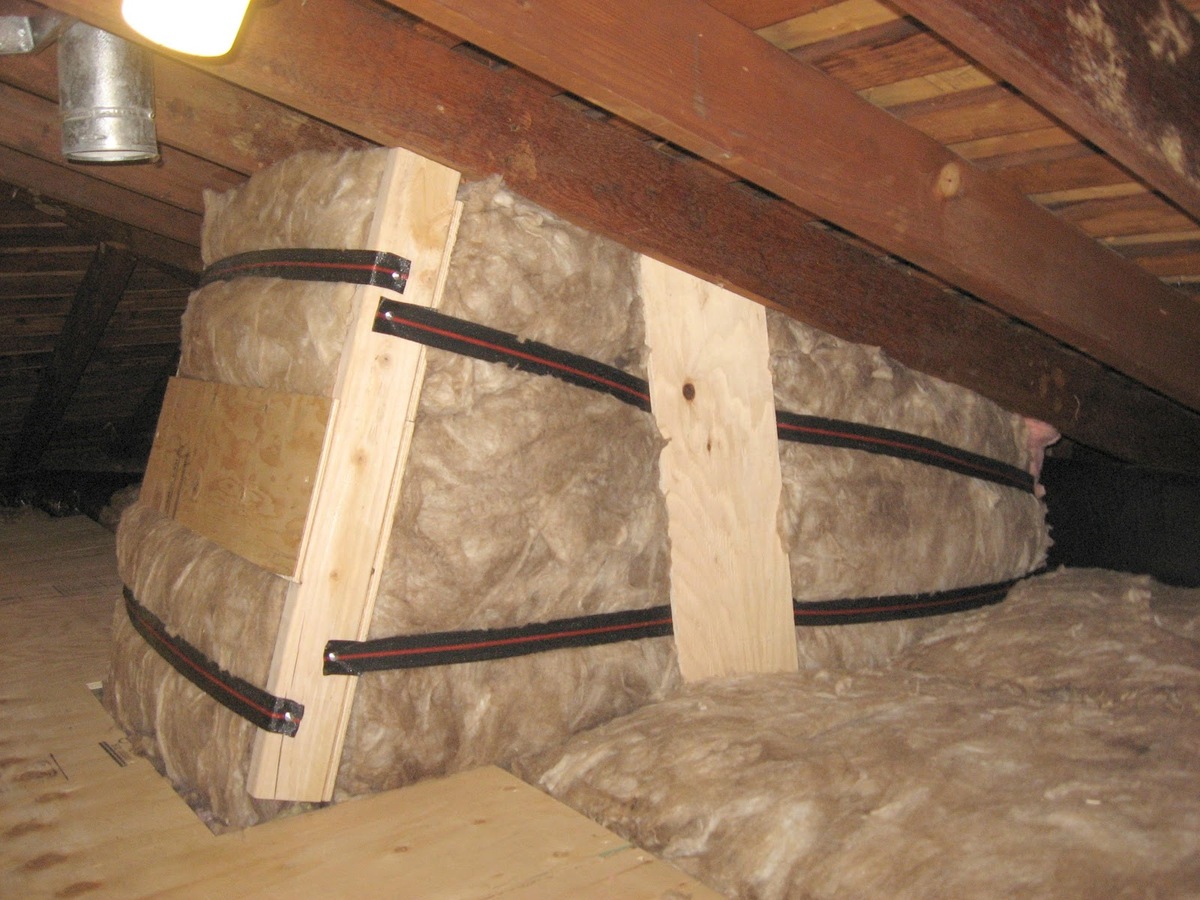
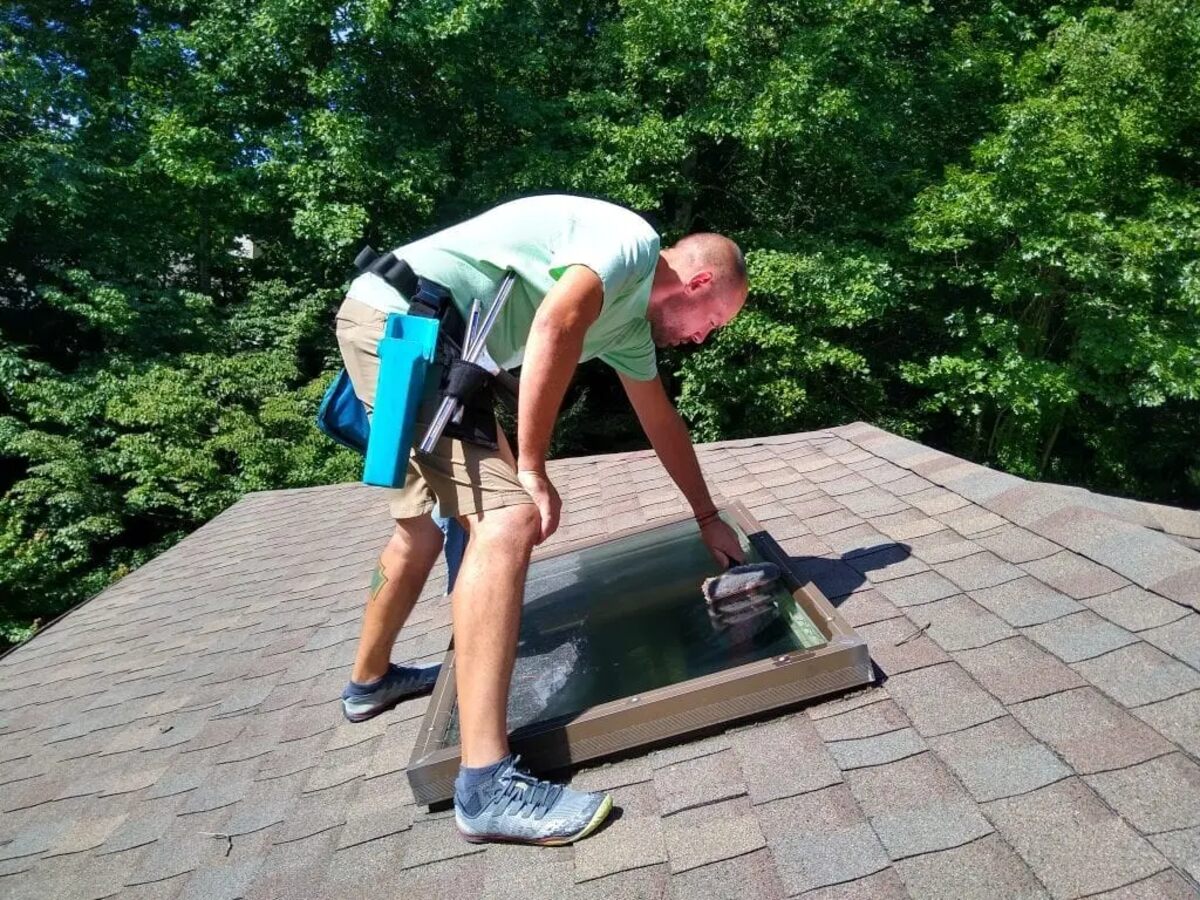

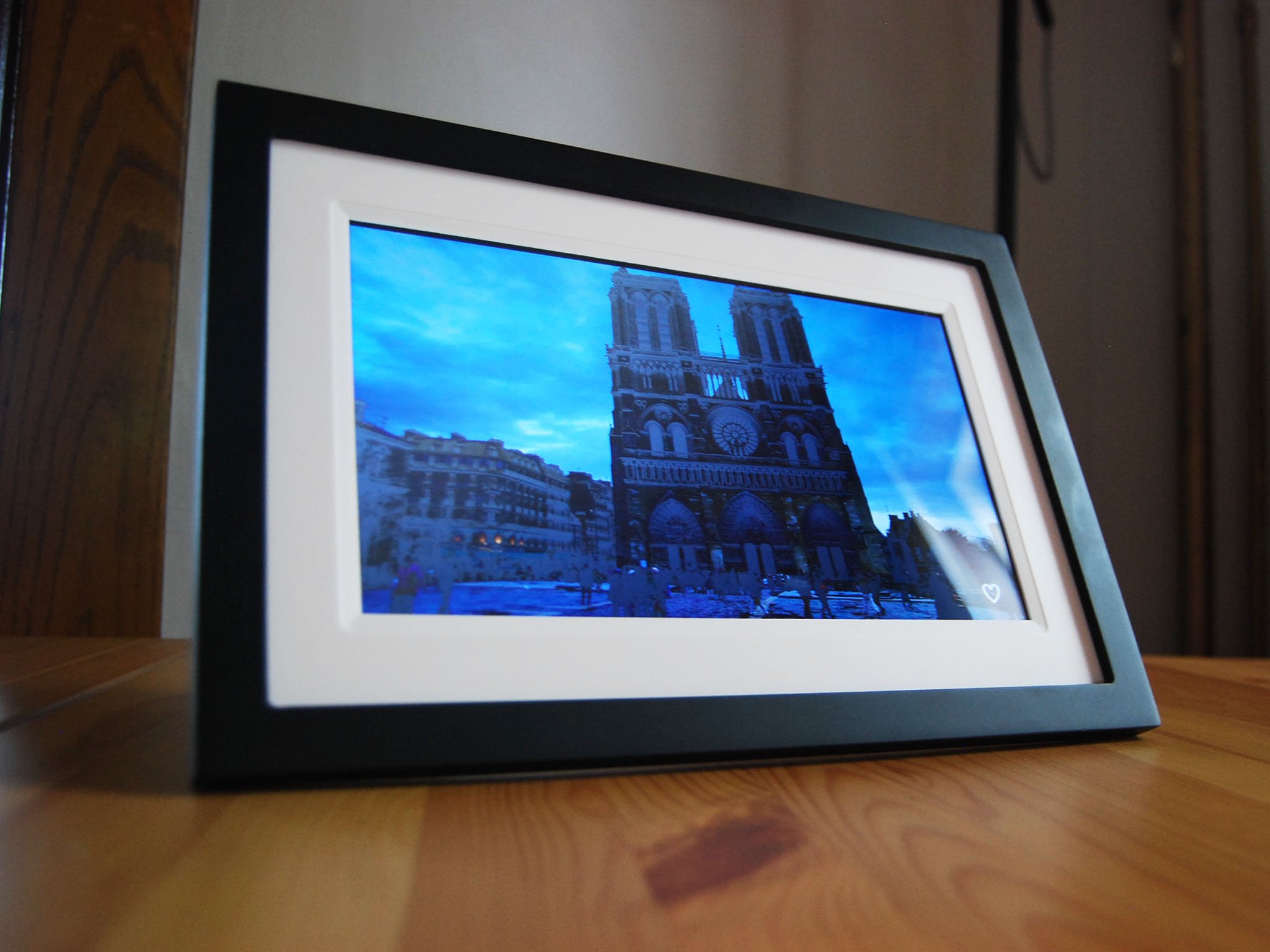
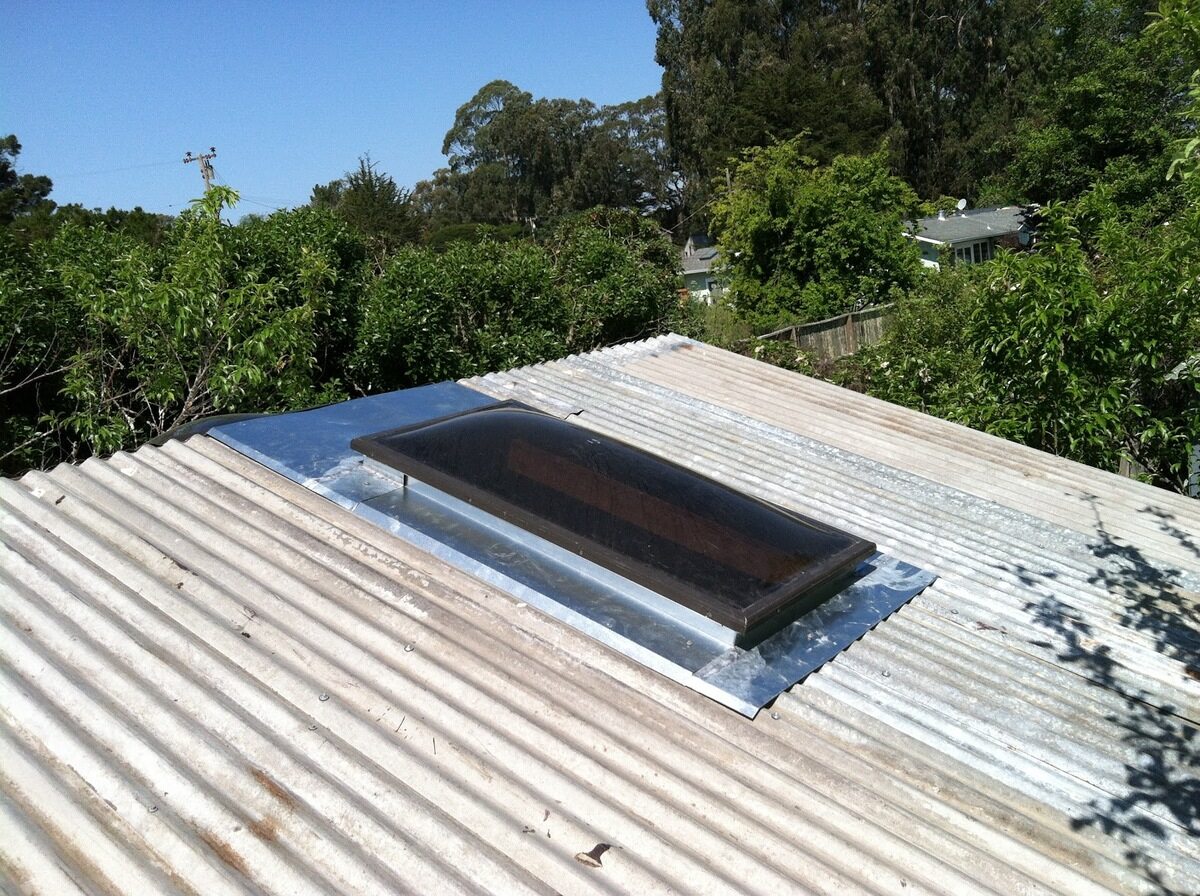
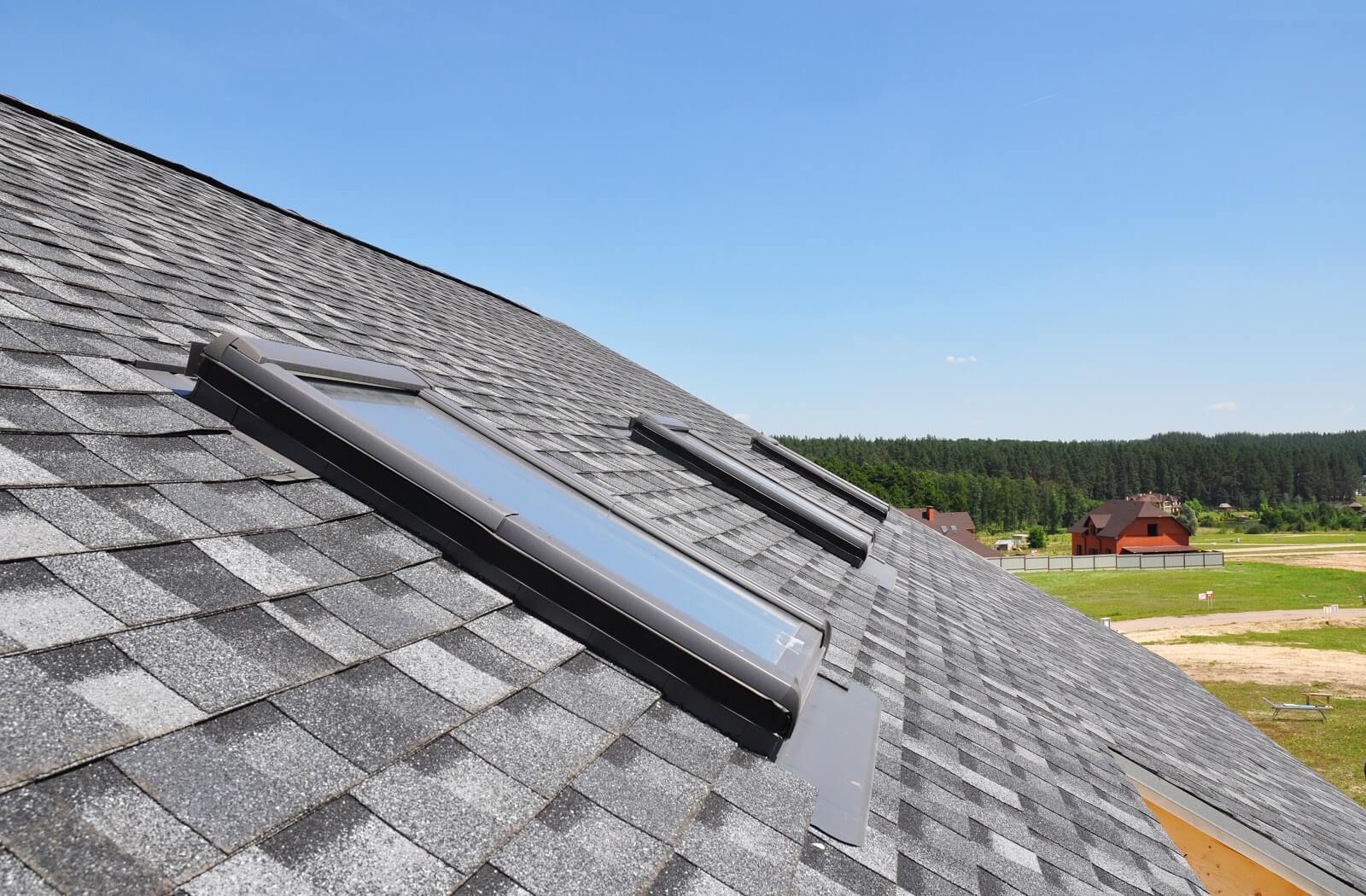
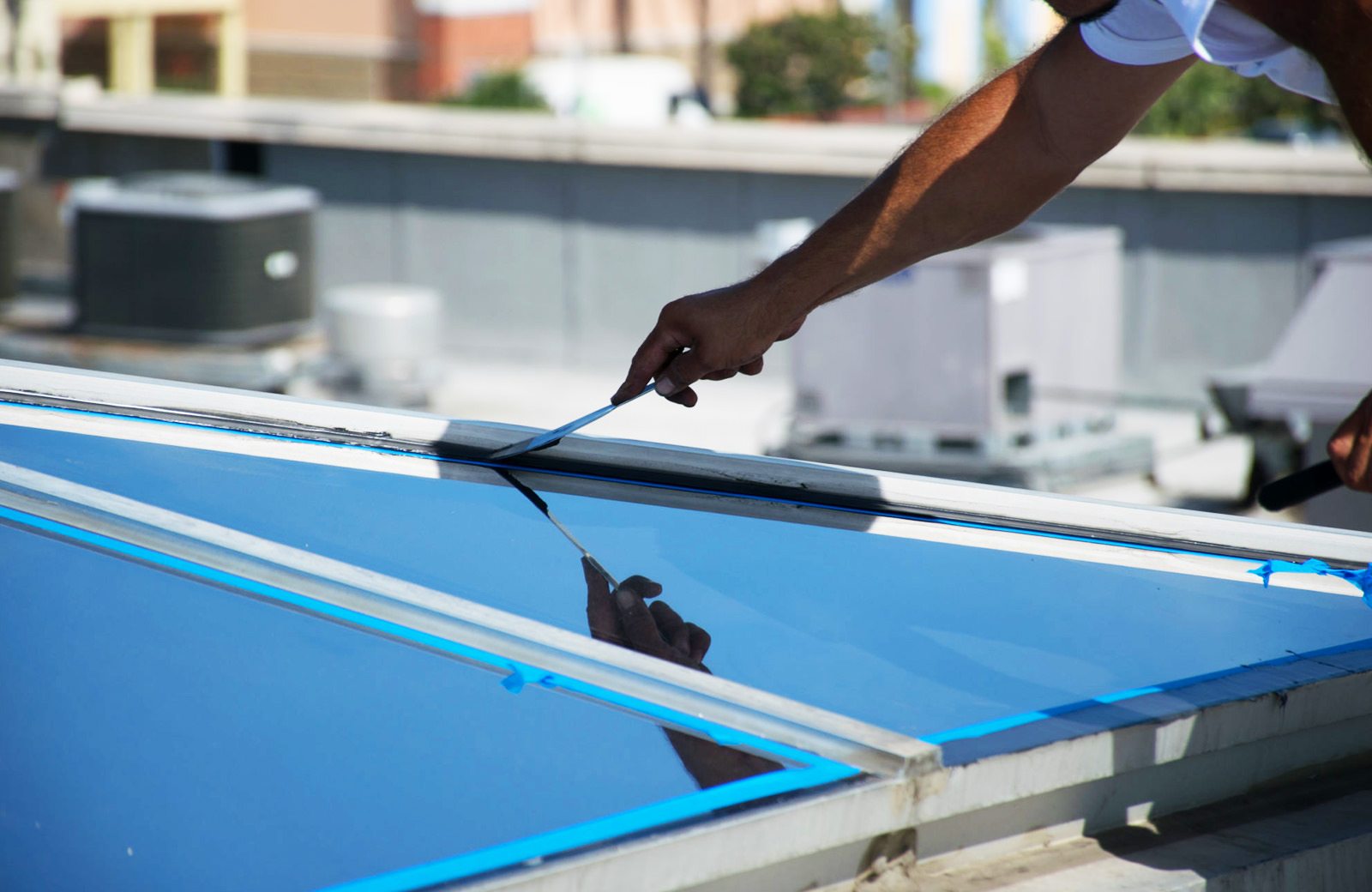
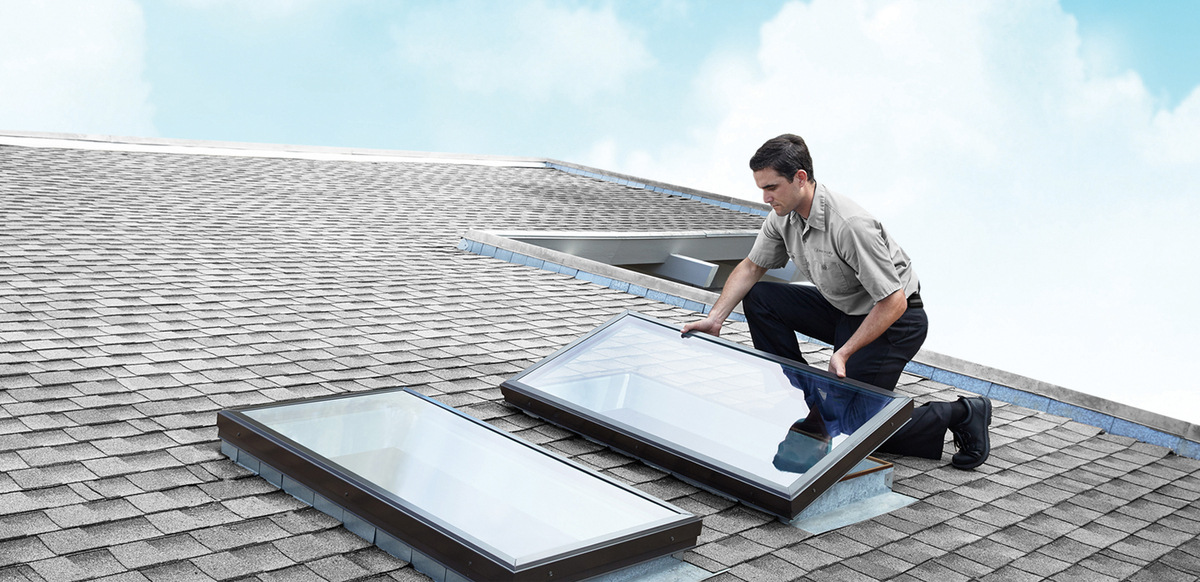
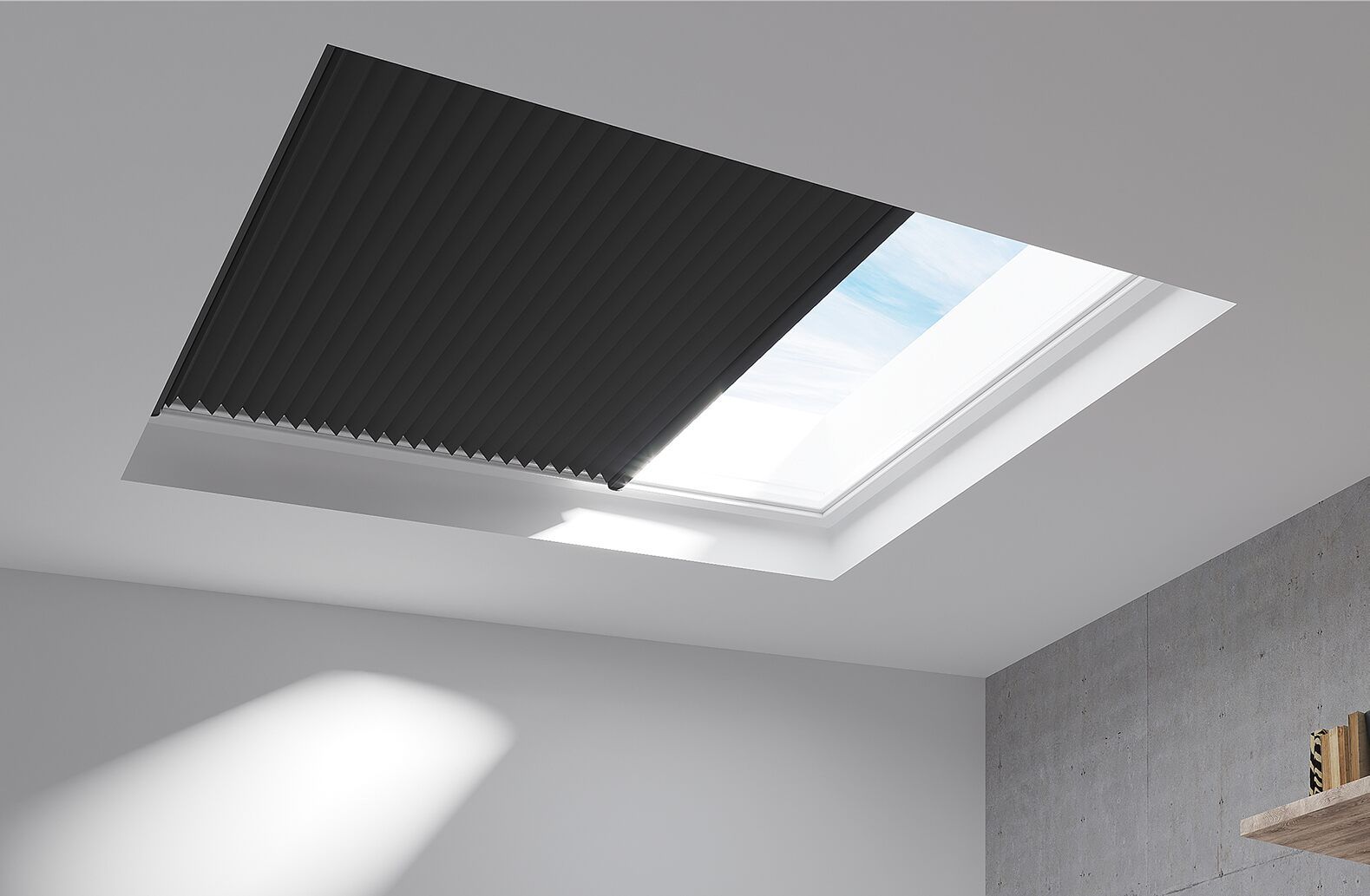
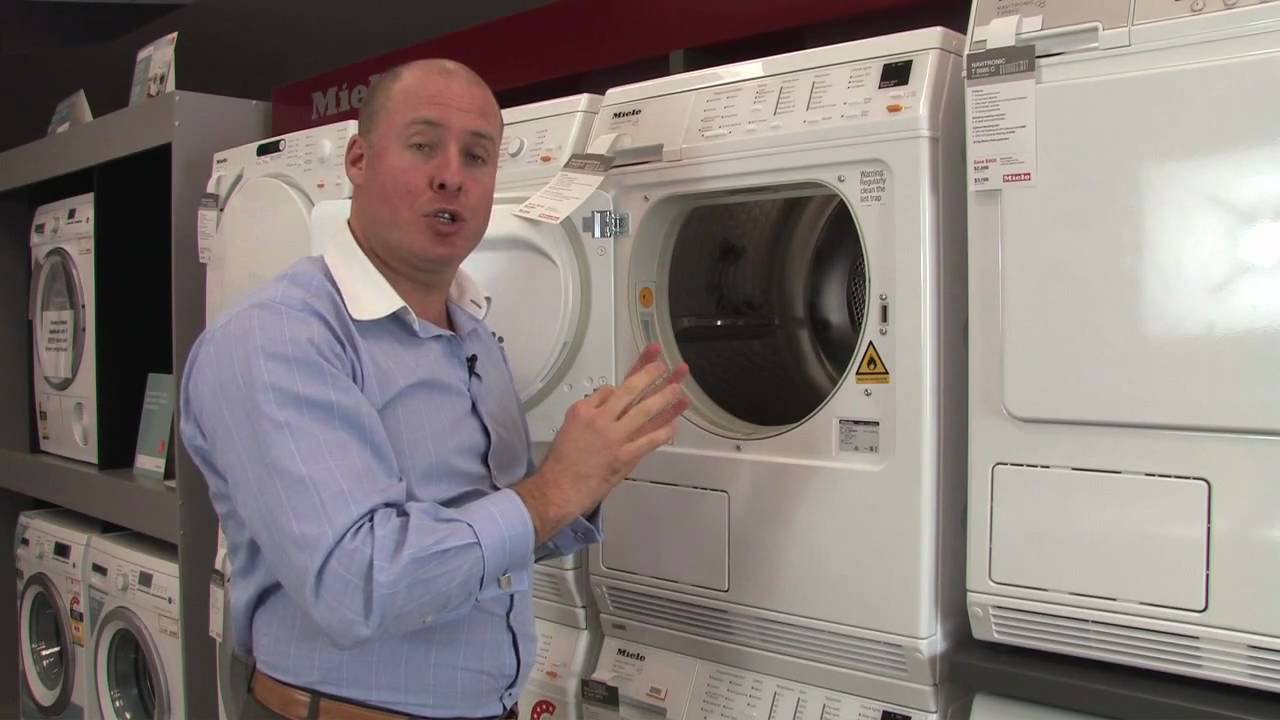
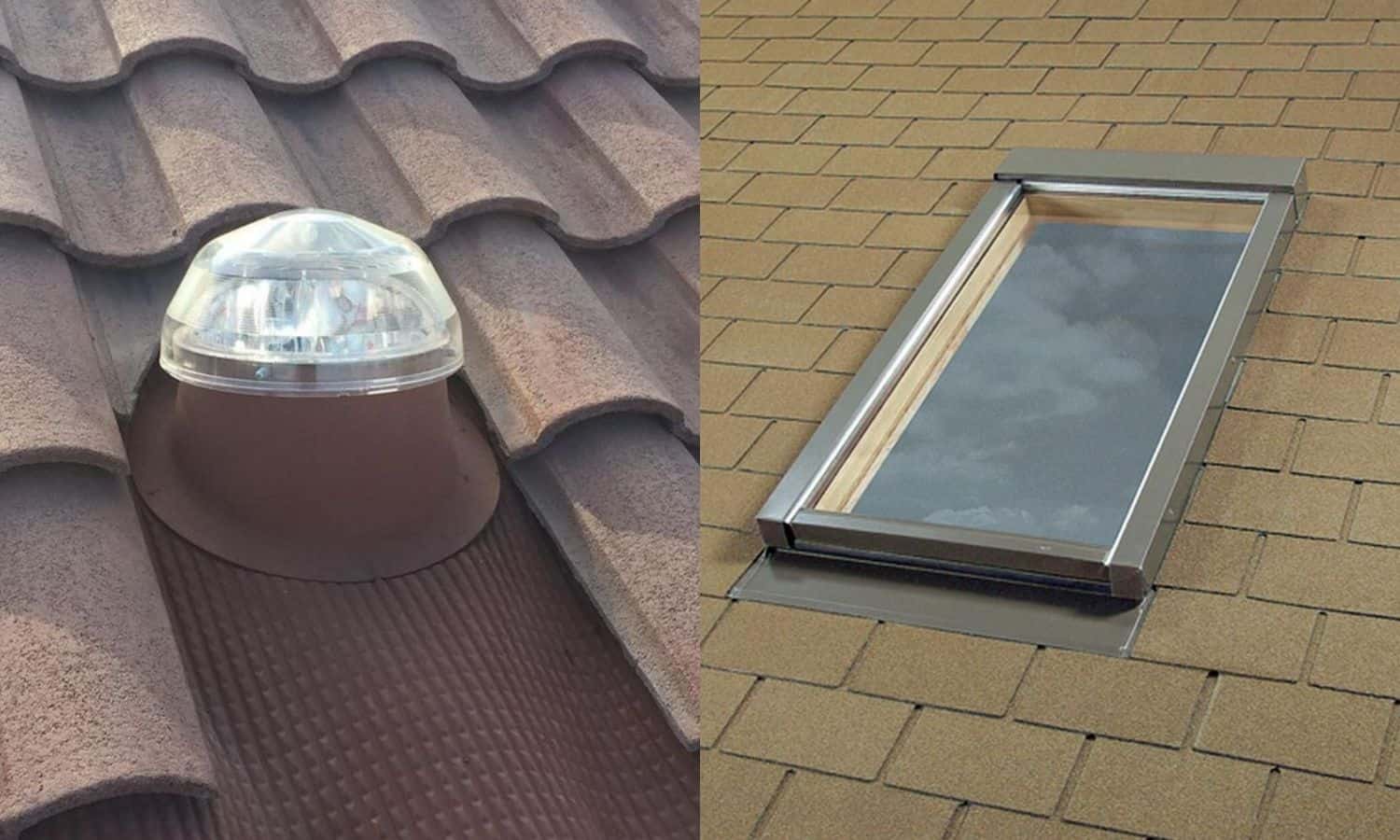
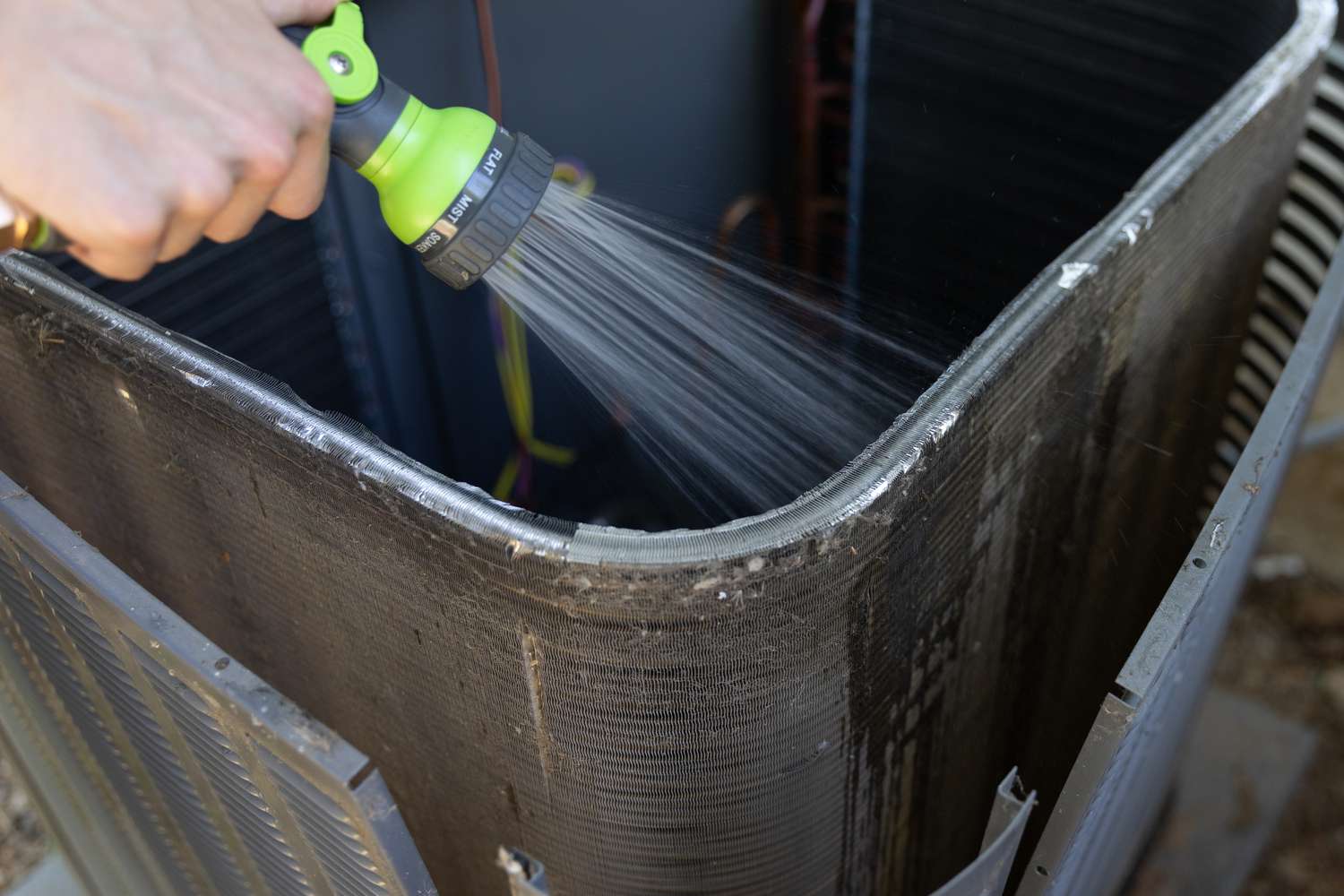
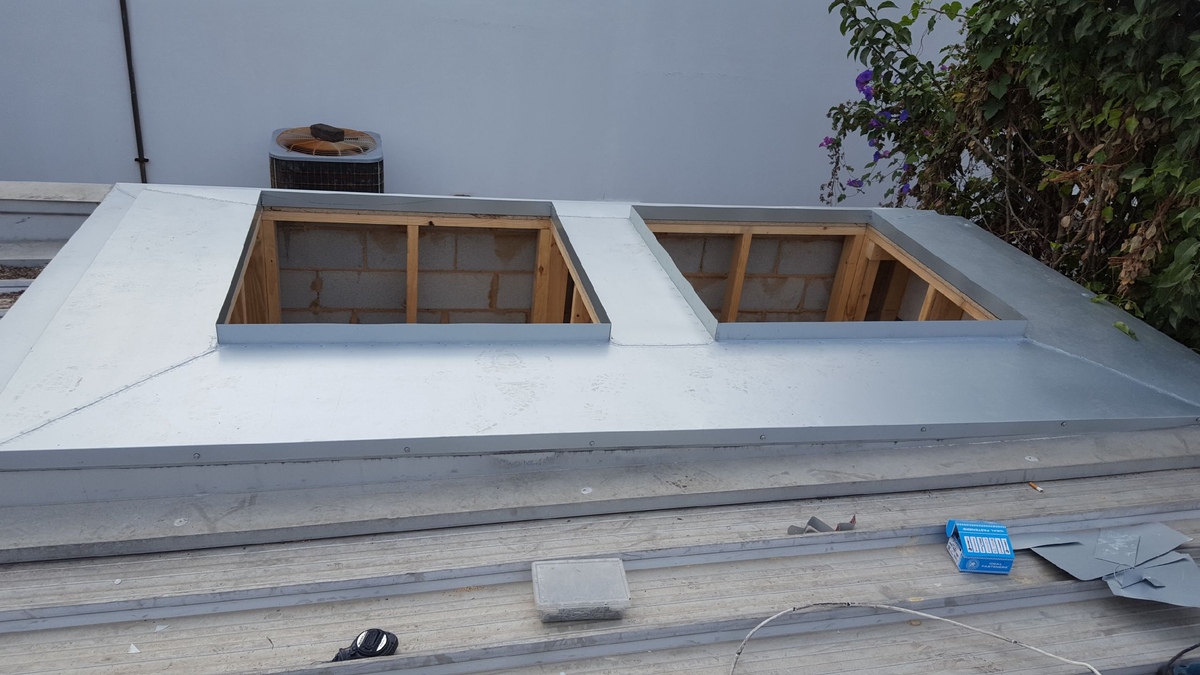

0 thoughts on “How To Fix Skylight Condensation”